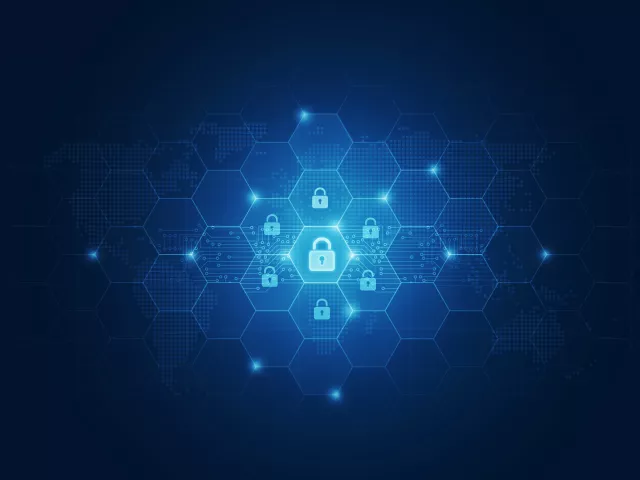Cybersecurity & Data Education Hub
Cybersecurity, compliance, and data management terms can become an overwhelming “alphabet soup.” The DataBee® Cybersecurity & Data Education Hub regularly updates with new resources to help you make sense of them all.



















